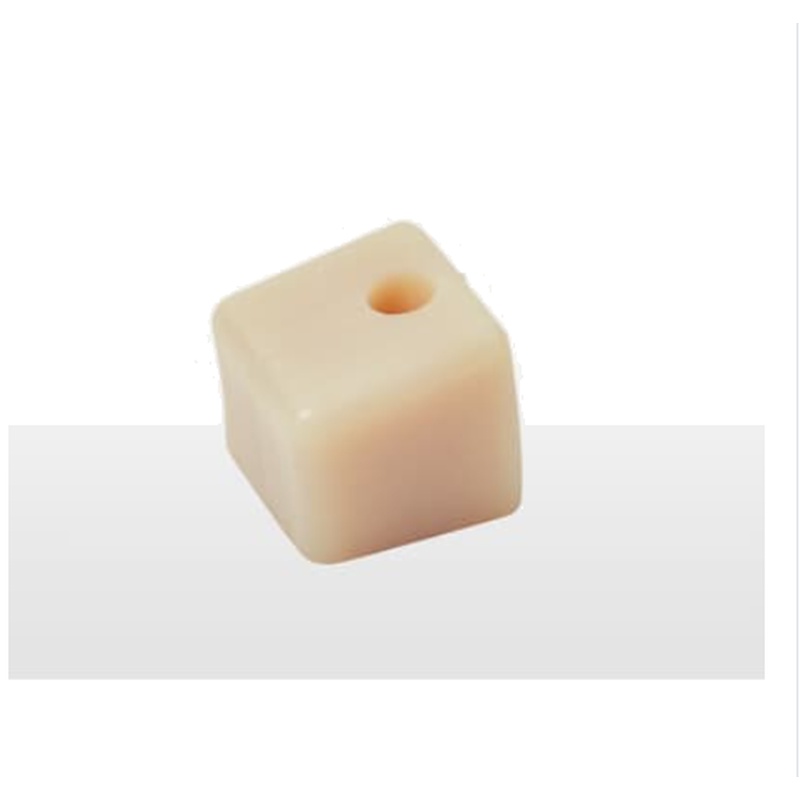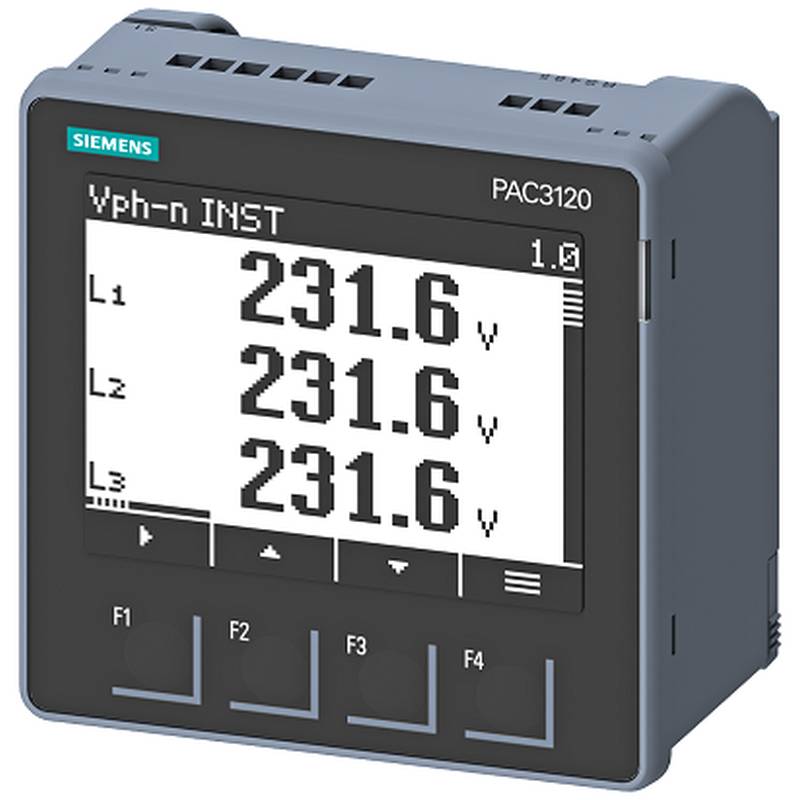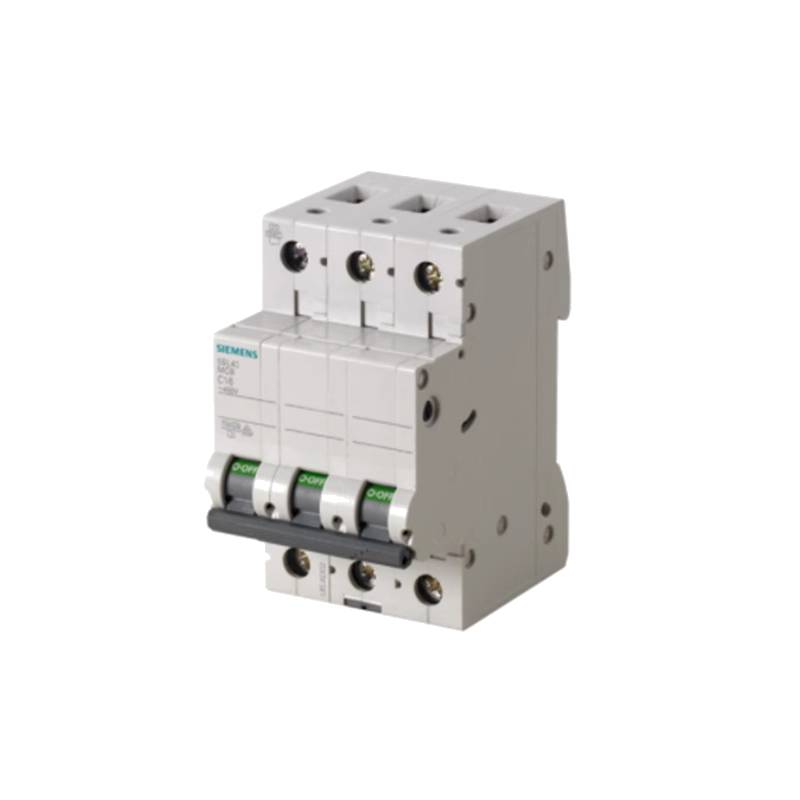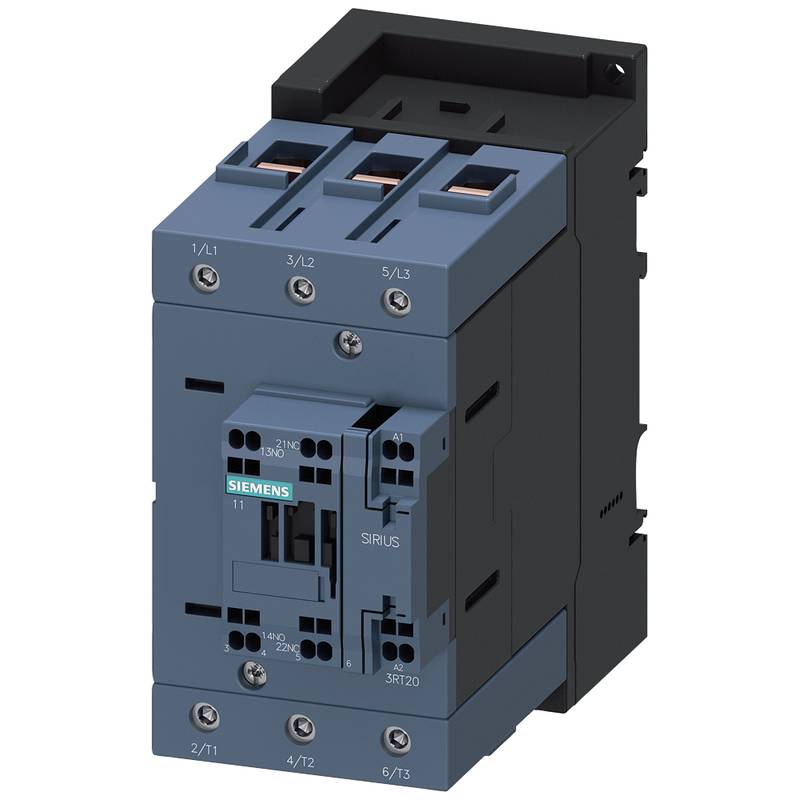
The ABB 3HNA025775-001 Damper is engineered to provide superior shock absorption for the base of the IRB 7600 robot, significantly enhancing operational stability and equipment longevity. This critical component is designed to dissipate kinetic energy generated during robot movements, thereby minimizing vibration and reducing stress on the robot's structure and the surrounding facility. Key advantages include extended robot lifespan, reduced maintenance requirements, and improved precision in high-dynamic applications. Its core features revolve around robust construction and optimized damping characteristics, making it an indispensable upgrade for industrial environments demanding peak performance and reliability from their heavy-payload robotic systems. Technical parameters, such as its specific damping coefficient and load capacity, are detailed below.
| Specification | Value |
| :--------------------- | :---------------------------- |
| Product Type | Base Shock Absorber Damper |
| Compatible Robot Model | ABB IRB 7600 |
| Part Number | 3HNA025775-001 |
| Function | Base Shock Absorption |
| Material | High-durability composite |
| Mounting Type | Direct base integration |
Core Features & Market Positioning
The ABB 3HNA025775-001 Damper distinguishes itself through its specialized design tailored for the high-impact demands of the IRB 7600 robot. Unlike generic damping solutions, this unit is meticulously engineered to absorb and dissipate the significant forces associated with rapid accelerations and decelerations of a heavy-payload robot. This direct integration ensures optimal energy transfer and superior vibration isolation, crucial for maintaining positional accuracy and preventing premature wear on the robot's mechanical components. Its market positioning is that of a premium, purpose-built accessory that directly addresses the challenges of dynamic stress in automated manufacturing, offering a tangible return on investment through increased uptime and reduced repair costs. The robust construction ensures consistent performance even in harsh industrial settings.
Key Application Scenarios
The ABB 3HNA025775-001 Damper finds its primary utility in applications where the ABB IRB 7600 robot is subjected to vigorous and repetitive movements. This includes high-speed material handling, heavy palletizing and depalletizing operations, spot welding with large or heavy welding guns, and arc welding applications that require precise torch manipulation. In automotive manufacturing, where IRB 7600 robots are prevalent for tasks like chassis assembly and component manipulation, this damper is vital for maintaining weld integrity and reducing stress on servo drives. Foundry and forging applications, characterized by harsh environmental conditions and significant shock loads, also benefit immensely from the enhanced stability and protection offered by this specialized damper.
Practical System Integration Guidance
Integrating the ABB 3HNA025775-001 Damper into an existing IRB 7600 robot base is a straightforward process, typically requiring direct bolting to the robot's foundation and the robot's base plate. Ensure that all mounting surfaces are clean and free of debris. The damper is designed to be a passive component, meaning it does not require electrical connections or programming adjustments. However, proper alignment during installation is critical to ensure uniform pressure distribution and optimal damping performance. Consult the official ABB installation manual for the IRB 7600 robot and the specific documentation for the 3HNA025775-001 damper to verify correct torque specifications for all mounting hardware. Regular visual inspection for any signs of damage or wear should be part of routine maintenance.
Operation and Risk Mitigation
The ABB 3HNA025775-001 Damper operates by absorbing and dissipating kinetic energy through its internal damping mechanism, effectively reducing the impact forces transmitted to the robot's base and foundation. This continuous reduction in vibration and shock minimizes the risk of component fatigue, electrical connection failures due to vibration, and structural damage to the robot or its mounting infrastructure. By maintaining a more stable operational environment, it also reduces the likelihood of the robot deviating from its programmed path, thereby mitigating risks associated with collisions or product damage. Regular inspection of the damper for signs of leakage, deformation, or degradation of damping material is essential for continued safe operation.
Scalability & Long-Term Value
The long-term value of the ABB 3HNA025775-001 Damper is intrinsically linked to its role in preserving the operational integrity of the IRB 7600 robot. By significantly reducing wear and tear on the robot's base, bearings, and drive systems, it directly contributes to a longer service life and postpones the need for costly major overhauls. While the damper itself is not an upgradeable component in the traditional sense, its presence ensures that the robot platform remains a reliable asset for longer periods, maximizing the return on the initial investment. Furthermore, by contributing to smoother operation, it indirectly supports integration with advanced IIoT monitoring systems, as reduced vibration can lead to cleaner data streams for predictive maintenance algorithms.
FAQs
What is the primary function of the ABB 3HNA025775-001 Damper?
This damper is specifically designed to absorb and dissipate shock and vibration.
It protects the ABB IRB 7600 robot base from operational stresses.
This leads to enhanced robot longevity and operational stability.
How does the ABB 3HNA025775-001 Damper improve robot performance?
It minimizes vibrations during rapid robot movements.
This ensures greater positional accuracy and repeatability.
Reduced shock also lessens wear on critical robot components.
Is the ABB 3HNA025775-001 Damper difficult to install?
No, installation is designed to be straightforward.
It typically involves direct mounting to the robot base and foundation.
Refer to the official ABB installation manual for detailed instructions.
What technical specifications are important for the ABB 3HNA025775-001 Damper?
Key specs include its damping coefficient and load capacity.
Understanding its material composition is also vital for durability.
Specific compatibility with the IRB 7600 robot model is essential.
What are the main benefits of using the 3HNA025775-001 Damper?
It extends the operational lifespan of the IRB 7600 robot.
It significantly reduces maintenance costs and downtime.
The damper ensures higher precision in demanding applications.
In which industries is the ABB 3HNA025775-001 Damper most useful?
It's crucial for automotive manufacturing and heavy material handling.
It benefits palletizing, depalletizing, and welding applications.
Foundry and forging environments also see significant advantages.
Does the ABB 3HNA025775-001 Damper require electrical connections?
No, this damper is a passive mechanical component.
It functions without any need for power or wiring.
Its operation relies solely on its engineered internal structure.
What kind of maintenance is needed for this damper?
Regular visual inspections are recommended.
Check for any signs of leakage or material degradation.
Ensure mounting hardware remains secure and properly torqued.
Can the ABB 3HNA025775-001 Damper be used with other robot models?
This damper is specifically engineered for the ABB IRB 7600.
Using it with other robot models is not recommended.
Its design is optimized for the unique stress profile of the IRB 7600.
How does this damper contribute to long-term value?
It protects the robot's core mechanics from excessive stress.
This prolongs the overall service life of the expensive robot.
It helps maintain the robot's performance capabilities over time.

























